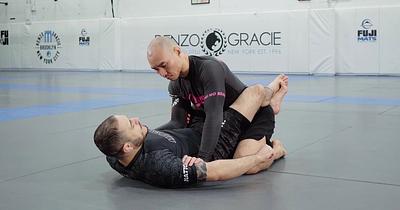Judo vs Brazilian Jiu-Jitsu: Understanding the Key Distinctions
by Team Digitsu
Updated: March 24, 2025
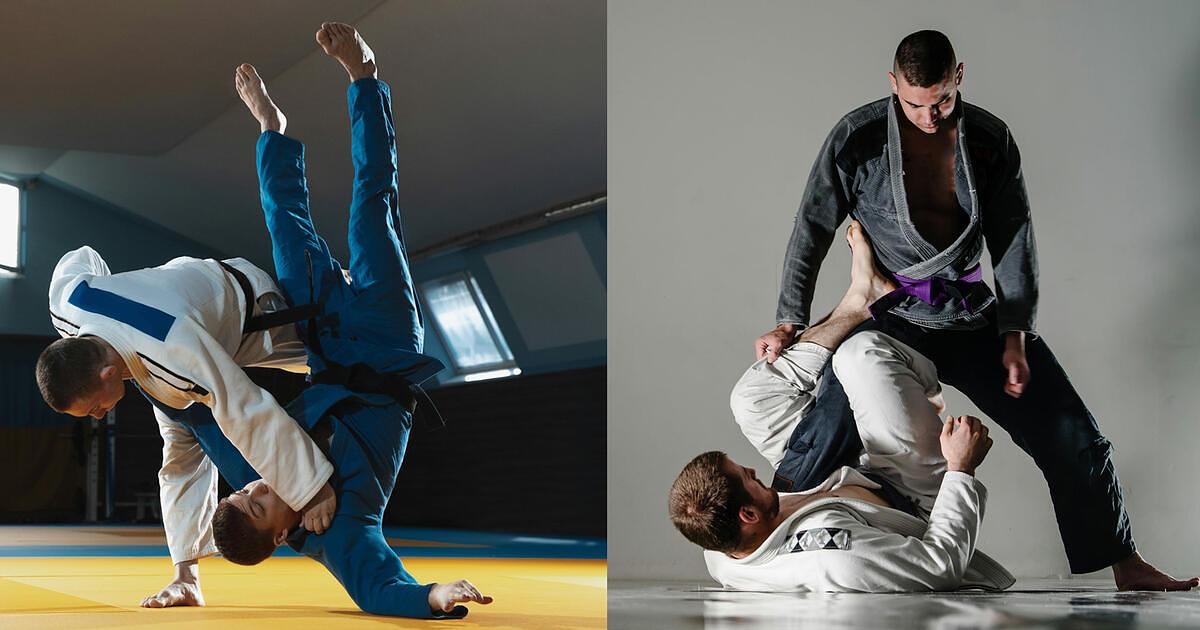
Brazilian Jiu-Jitsu (BJJ) and judo share a common history and many techniques, but they differ most in their emphasis. BJJ and judo are grappling-based martial arts, but they have developed differently over time. BJJ focuses more on gaining position once on the ground and submitting the opponent, while judo focuses more on dynamic upper-body throws and pins with limited groundwork.
In this article, we will explore the similarities and differences between BJJ and judo and how these differences affect the way each art is practiced and competed. We will delve into the history, techniques, and philosophies of each art, as well as the training methods and competition formats that are unique to each discipline. Whether you are a practitioner of one of these arts or simply interested in learning more about them, this article will provide a comprehensive overview of the similarities and differences between BJJ and judo.
The History of BJJ and Judo Are Intertwined
Brazilian Jiu-jitsu has its own unique history, but both Judo and Brazilian Jiu-Jitsu (BJJ) originate from the traditional Japanese martial art of jujutsu. Jujutsu can be traced back to written history around 710 – 794 AD, where it was a combination of early forms of Sumo and various Japanese martial arts that were used on the battlefield for close combat.
In 1870 during the Meiji Restoration period in Japan, the samurai class was abolished, and people were no longer allowed to wear swords in public. This caused many martial art schools to collapse. During the Meiji Restoration, a young Jigoro Kano found himself fascinated by the traditional Japanese martial art of jujutsu. He studied under several prominent jujutsu teachers and former samurai.
In 1882, Kano officially opened the Kodokan Judo Institute, which he named after the "Kodokan" (a term meaning "school for studying the way") and "judo" (meaning "the gentle way"). The Kodokan quickly gained a reputation as one of the most progressive and innovative martial arts schools in Japan. Kano's teachings emphasized the physical and mental benefits of the sport, and he welcomed students from all backgrounds, not just samurai.
Mitsuyo Maeda, also known as Count Koma, was a Japanese judoka and member of the Kodokan judoka, judo's governing body. Maeda immigrated to Brazil in 1914, where he began teaching the art of judo to the locals. He quickly gained a reputation as a skilled fighter and teacher, and many of his students became accomplished martial artists in their own right.
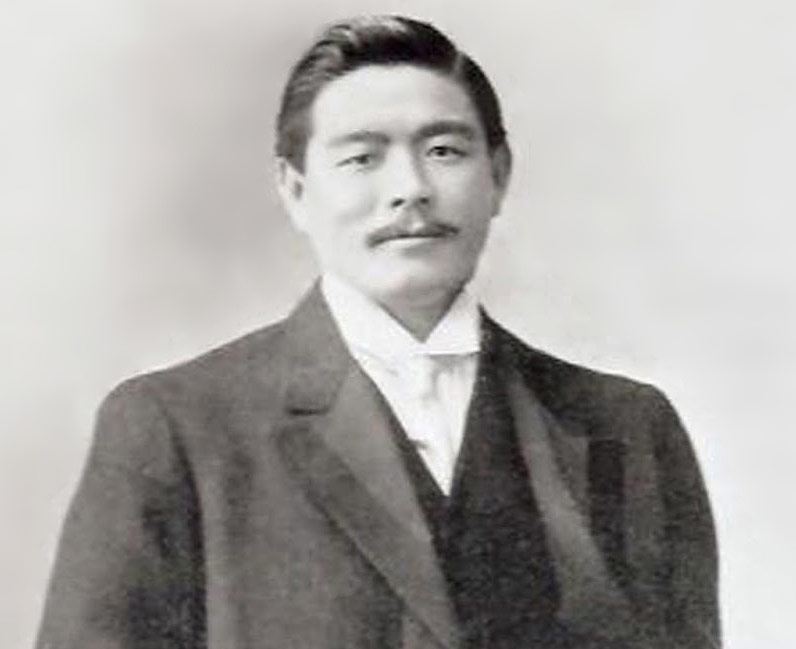
One of Maeda's most famous students was Carlos Gracie, the son of the Brazilian businessman Gastão Gracie, who had helped Maeda establish his school in Brazil. Carlos became deeply interested in judo and trained intensively under Maeda for many years. He then began teaching judo to his family and friends and eventually opened his school in 1925.
Carlos Gracie and his brothers, including Helio Gracie, continued to develop and modify the techniques they had learned from Maeda, creating a new judo style known as Brazilian Jiu-Jitsu (BJJ). They focused heavily on ground fighting and submissions instead of the traditional throws practiced in traditional judo.
Rules of Judo
Judo is a martial art that emphasizes the standup game and trying to land throws. The sport is governed by rules designed to make it safe and competitive for participants. These rules also make it possible for judo to be included in the Olympics, as it has a more standardized rule set than other martial arts.
A typical judo match is 5 minutes for men and 4 minutes for women.
In judo, you can win a match instantly known as Ippon, are as follows:
- Perfect Throw - Throwing your opponent to the mat with "considerable force and speed" so the opponent lands "largely on his back.".
- Pin - Holding your opponent down for 20 seconds. The opponent must be primarily on his back, but the shoulders do not need touching. No part of the holder must be under the control of the person being held (i.e., no entangled legs)
- Submission - Catching your opponent in a choke or joint lock causes them to tap out.
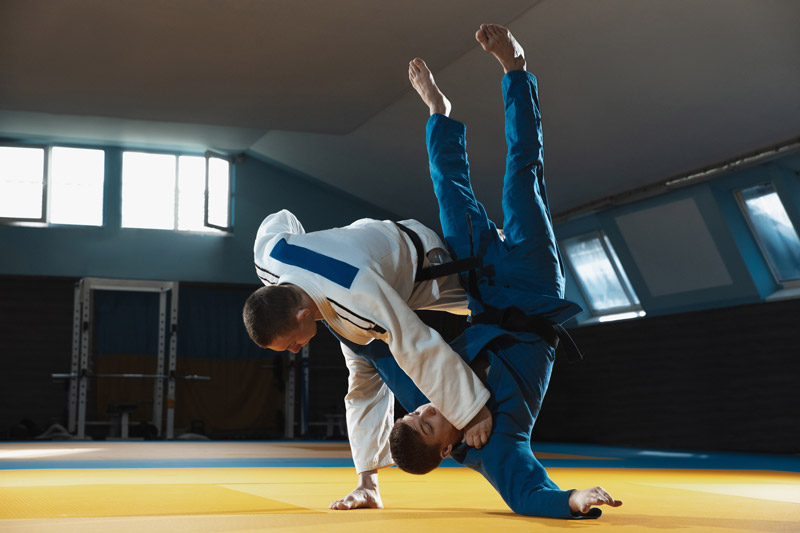
You can also win a match in judo by completing two “Waza-ari.” A throw with two elements for Ippon but not all three, either because the opponent didn't land "largely on his back" or because the throw lacked speed or force. Pinning your opponent for 15 seconds or more but less than 20 seconds.
You can score additional points known as "Yuko" for a throw that is "partially lacking" in two of the elements of an ippon: putting the opponent on his back, speed of throw, and force of the throw. You can also receive a Yuko for pinning your opponent for 10 seconds or more but less than 15 seconds.
You can also be disqualified from a match for major rule violations and receive penalty points for minor ones.
At the end of time, if neither competitor has won, then points and penalties are totaled using the following system:
- Ippon = 100 points
- Waza-ari = 10 points
- Yuko = 1 point
If the points and penalties are the same, the competitors are put into sudden death over time with no time limit. The first competitor to score a point wins. You can also win if the other competitor competes for a penalty.
Guard Pulling in Judo: Unlike BJJ, competitors are discouraged from pulling guard. If you pull guard, you will likely receive a penalty for "unskillful entry to newaza," and you run the risk of the referee giving throw points to your opponent.
Leg Grabbing / Wrestling in Judo: You are limited in how you can grab the legs in judo, which limits many traditional wrestling moves such as single and double legs.
Limited time on the ground: If the match enters the newaza or ground phase, progress toward a pin or submission must be continued. The ref usually allows between 5-7 seconds to see this progression. The referee will return the match to the feet if this progress is stalled.
Rules of BJJ
Compared to judo, the standup game is significantly more irrelevant in Brazilian Jiu-Jitsu (BJJ). This is because in BJJ, you can pull guard and grab the legs for wrestling-style takedowns. This means some competitors, even at the highest level of BJJ, often pull guard or avoid judo-style grip exchanges in favor of wrestling takedowns.
The International Brazilian Jiu-Jitsu Federation (IBJJF) is the standard and most common set of rules for BJJ, particularly for gi competitions. However, there are many different rule sets in BJJ, each with its unique guidelines and regulations. This diversity allows for a wide range of competition styles and techniques to be utilized by competitors at all levels.
BJJ competitions often focus on the ground game, aiming to improve positioning or submit your opponent using techniques such as chokes and joint locks.
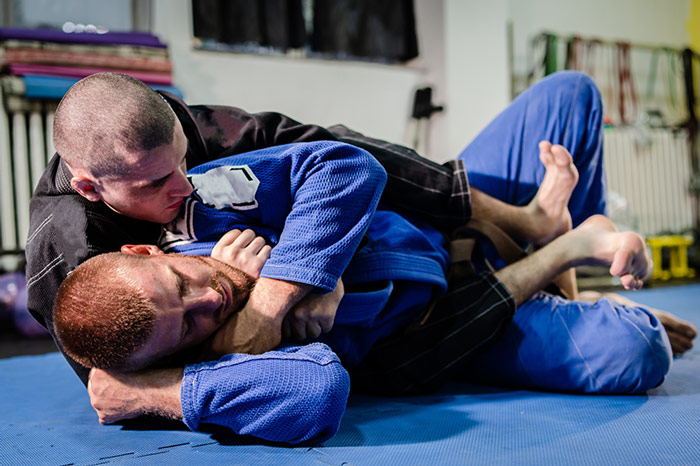
You win the match instantly under one condition:
- Submission - Causing your opponent to tap out - typically through a choke or joint lock.
You gain points under the following circumstances:
- 2 points are given to you for a takedown.
- 2 points are awarded to you for sweeping (gaining the top position from the bottom guard position).
- 3 points are provided to you for passing the opponent’s guard.
- 4 points are given to you for back control.
- 2 points are awarded when obtaining a knee mount position.
- 4 points are awarded for full mount control.
The position needs to be held for 3 seconds to gain points under most circumstances. Otherwise, an "advantage" is awarded instead.
At the end of the time duration of the match, the competitor with the most points wins. If points are equal, then advantages are considered. If points and advantages are also equal, then penalties are considered. If all is equal, then a judge will award a decision victory, favoring the more aggressive competitor.
BJJ Supports NoGi Rulesets
Unlike judo, Brazilian Jiu-Jitsu (BJJ) supports rulesets without the gi or kimono. This means competitors can participate in BJJ competitions without wearing the traditional uniform in judo and BJJ. This type of competition is known as no-gi BJJ. Generally, more submissions, particularly leg locks, are permitted in no-gi BJJ compared to gi BJJ. This allows for a broader range of techniques to be used in competition and makes for a more dynamic and exciting sport.
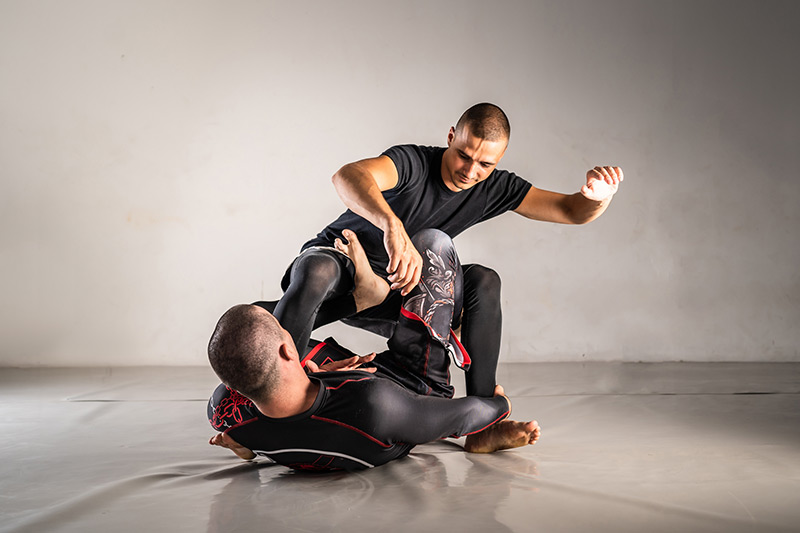
There are also various rulesets, such as the ADCC format. The ADCC format, short for Abu Dhabi Combat Club. There are also no time limits and submission-only formats. Additionally, there are other formats, such as EBI, Polaris, etc., each having its own rules and guidelines. Overall, BJJ offers a variety of rulesets that cater to different styles and preferences.
Belt Ranks in Judo vs. BJJ
Brazilian Jiu-Jitsu (BJJ) and judo's belt ranking system are similar. They both have a progression of colored belts that signify a person's skill level and experience. However, there are some notable differences between the two systems.
In judo, the adult ranking system starts with a white belt and progresses through the ranks of yellow, orange, green, blue, brown, and black. The time it takes to progress through the ranks can vary greatly depending on the individual and the academy they train at.

In BJJ, the adult ranking system starts with a white belt and progresses through the blue, purple, brown, and black ranks. Similarly, the time it takes to progress through the ranks can vary greatly depending on the individual and the academy they train at.
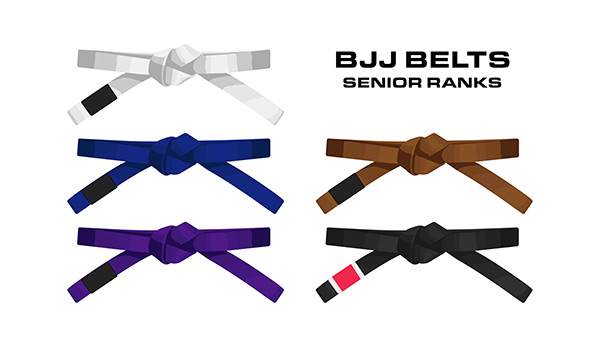
Judo and BJJ have an honorary red belt for most senior and influential practitioners. There are different belts available to youths in both martial arts. The belt ranking is pretty consistent across countries in BJJ, but some regions tend to have more variety in judo.
It can take over 10 years to obtain a BJJ black belt, while an average judo black belt could be half that time. Black Belt in judo means you've mastered the basics, while in BJJ, in often means further mastery. It is not uncommon for BJJ competitors to train like professional athletes at the lower ranks, such as blue or purple. This is less common in judo.
BJJ and Judo Athletes Can Learn From Each Other
It's not uncommon to see practitioners of Brazilian Jiu-Jitsu (BJJ) cross-training in judo and vice versa. BJJ and judo have unique strengths and techniques, and by cross-training in other disciplines, practitioners can complement their existing skills and become well-rounded martial artists.
One of the main reasons BJJ practitioners cross-train in judo is to improve their stand-up game. By training in judo, BJJ practitioners can learn how to effectively take their opponents to the ground, improve their balance and posture, and develop their overall stand-up game.
On the other hand, judo practitioners often cross-train in BJJ to improve their groundwork or newaza skills. By training in BJJ, judo practitioners can learn how to effectively control their opponents on the ground and improve their submission skills.
Cross-training in both Judo and BJJ can also give practitioners a more comprehensive range of techniques to use in competition. For example, a BJJ practitioner who has learned Judo throws can use those throws to quickly take their opponents to the ground. In contrast, a judo practitioner who has learned BJJ submissions can use those submissions to finish the fight on the ground.
Conclusion
In conclusion, Brazilian Jiu-Jitsu (BJJ) and Judo share a common history and many techniques, but they differ most in their emphasis. BJJ and Judo are grappling-based martial arts but have developed differently over time. BJJ focuses more on gaining position once on the ground and submitting the opponent, while Judo focuses more on dynamic upper-body throws and pins with limited groundwork. Today, both BJJ and Judo are widely practiced and have their own unique training methods and competition formats.


